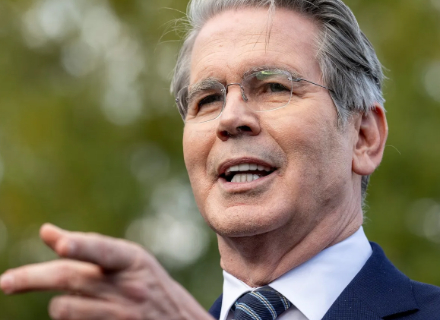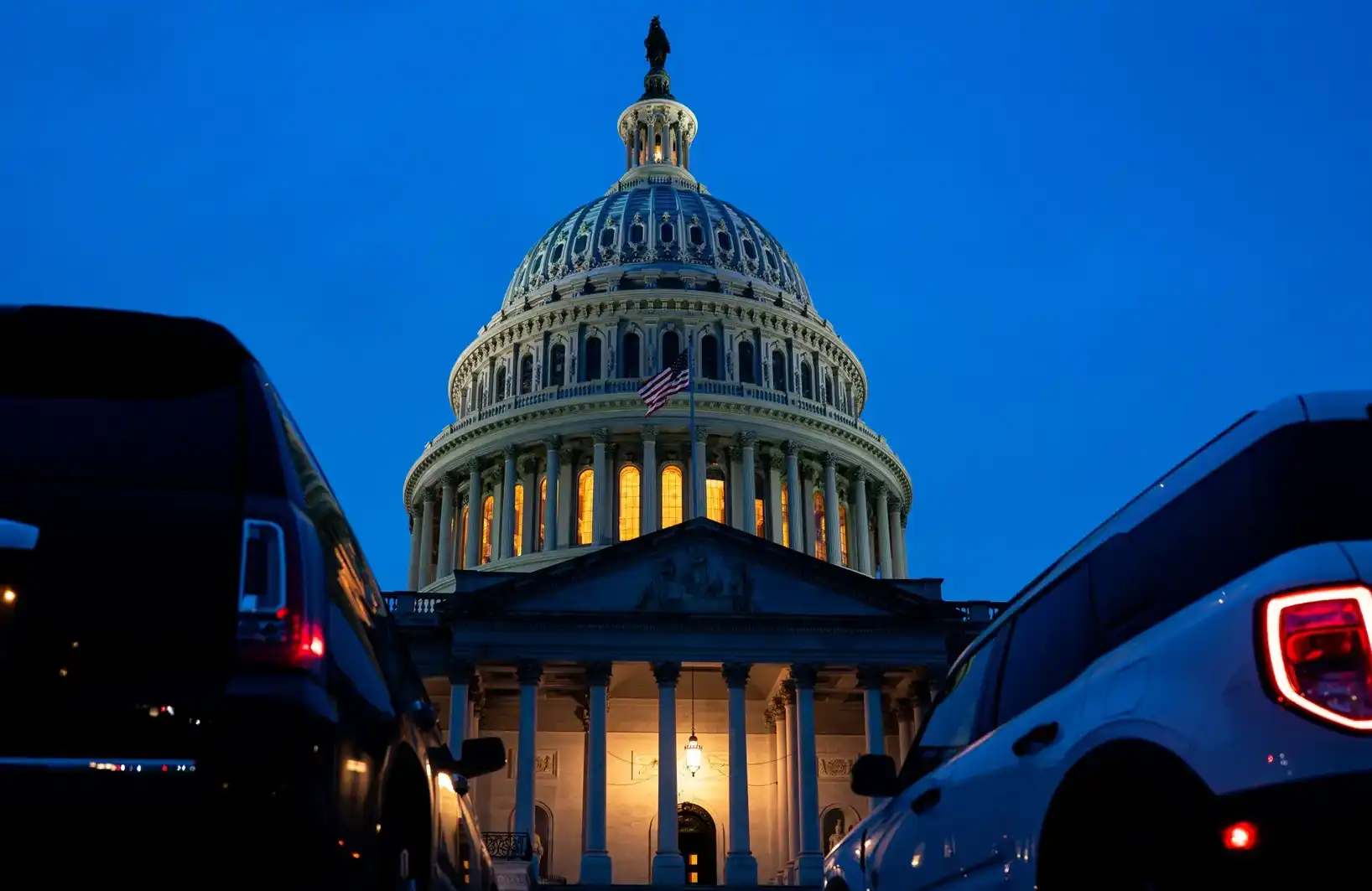China creates global digital RMB center, targets overseas use
- Digital RMB gains international center in Beijing
- Focus on blockchain and cross-border cooperation
- Hong Kong advances with e-HKD and stablecoins
China's central bank has decided to structure the digital yuan ecosystem with a new strategic asset in Beijing: the Digital RMB International Operations Center. The unit was created to design, operate, and maintain cross-border and blockchain infrastructure, connecting the digital RMB to domestic and foreign financial systems with a focus on international use.
With this, the project starts to work in “ two wings The newly established international center targets interoperability outside mainland China, while the existing Operations Management Center enhances domestic infrastructure by adopting local technologies and ensuring resilience and long-term growth in the use of the digital RMB.
Authorities and analysts see these two fronts as complementary. The goal is to create a cooperative system in which the external expansion of the digital yuan is supported by a robust technical base in the domestic market, reducing friction in payments and settlements and enabling integrations with international digital payment arrangements.
The movement aligns with initiatives in Hong Kong. After the second phase of the pilot, the local Monetary Authority is considering prioritizing e-HKD for institutional clients, especially in international transactions. At the same time, the discussion on yuan-backed stablecoins is gaining traction, including as a tool to strengthen the renminbi's presence in offshore markets.
The Bank of China also announced its intention to expand the currency's use in global trade, as well as promote the bilateral opening of financial markets in due course. The plan includes strengthening Shanghai and Hong Kong as international financial hubs and expanding an "independent, controllable, multi-channel, and broad-coverage" cross-border yuan payment system.
In the global debate on stablecoins, projections from major banks indicate that the segment could grow rapidly. Estimates suggest that the stablecoin market could create up to $1,4 trillion in demand for dollars by 2027, explaining why different jurisdictions are seeking their own, interoperable alternatives.
Today, USDT's dominance illustrates the current state of the industry: approximately 60% of the stablecoin market value, totaling around $308,26 billion, is tied to Tether's token. This context helps explain the rush by countries and financial centers to develop their own rails for digital currencies and stablecoins backed by local fiat currencies.
Disclaimer: The content of this article solely reflects the author's opinion and does not represent the platform in any capacity. This article is not intended to serve as a reference for making investment decisions.
You may also like
Government Shutdown While the White House is Being Renovated: Who is Paying for Trump's $300 Million "Private Banquet Hall"?
U.S. President Trump has approved the demolition of the White House East Wing to build a large banquet hall funded by private donors, including Trump himself and several companies from the technology, defense, and crypto industries. This move has sparked controversy and criticism for allegedly using power to raise funds. Summary generated by Mars AI. The accuracy and completeness of this summary are still being iteratively improved by the Mars AI model.

Powell Turns Hawkish: December Rate Cut Far from Certain, Government Shutdown May Force Fed to Hit the Brakes | Golden Ten Data
The Federal Reserve has cut interest rates by another 25 basis points and announced the end of quantitative tightening in December. During the press conference, Powell emphasized the necessity of "slowing the pace of rate cuts," prompting the market to quickly adjust its expectations and causing risk assets to decline across the board.
Bloomberg: $263 million in political donations ready as the crypto industry ramps up for the US midterm elections
This amount is nearly twice the maximum SPAC Fairshake invested in 2024, and slightly exceeds the total spending of the entire oil and gas industry in the previous election cycle.

PEPE Price Chart Signals Oversold Zone Reversal as RSI Turns Upward

